15 Disappointing Games That Still Deserve Remakes
Modern gaming remakes have the power to rewrite the legacy of these infamously disappointing titles.
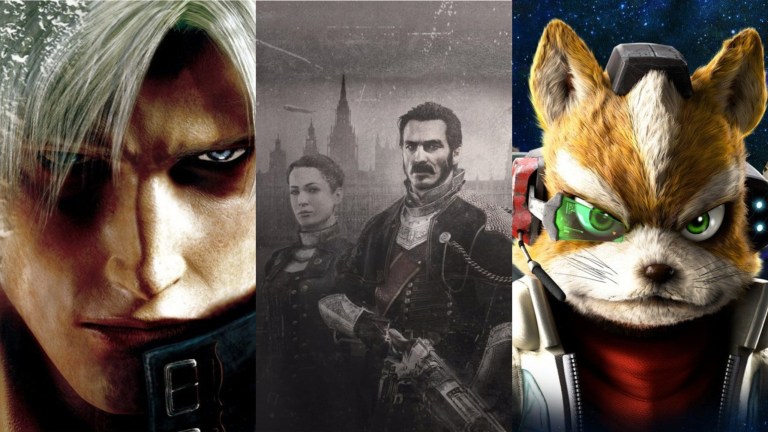
While proper preservation remains one of the gaming industry’s most frustrating shortcomings, we are currently living in a golden age for video game remakes. Each year brings us a collection of exceptional remakes that typically stand tall alongside the best new releases and help bring a classic game to a new generation of players. We’re actually getting to the point where it reasonably feels like a surprising variety of classic games may eventually receive the modern remake treatment.
As many have long argued, though, this glorious new era of video game remakes shouldn’t just include titles that are already considered to be classics. Given the improvements such remakes often make, they should expand even further to include those titles that may have initially disappointed some upon their release but always featured that special something that made their wasted potential so much more frustrating.
These are 15 of the most notably disappointing games that still deserve remakes.
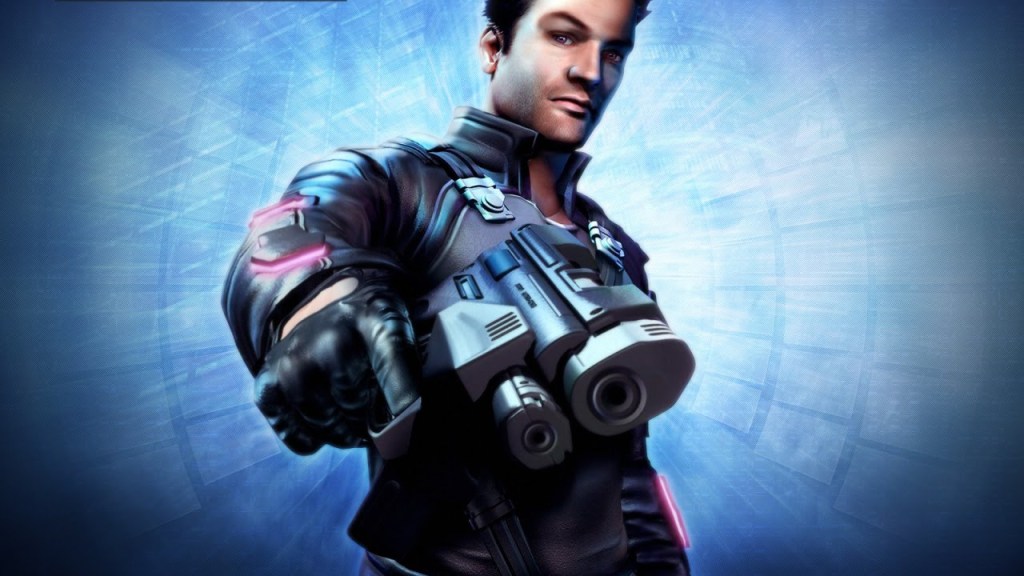
15. Deus Ex: Invisible War
At the very least, Invisible War would greatly benefit from a remake that simply addresses its numerous technical issues. After all, Invisible War’s nightmare development process led to a fundamentally busted game that remains shockingly broken on modern platforms. Beyond those glaring technical issues, Invisible War’s controversial time jump, broad narrative shortcomings, and questionable gameplay alterations made it a notable step back from its brilliant predecessor and a step down from its superior successors.
But Invisible War has always been brilliant in its own ways. In fact, this might actually be one of the best Deus Ex games in terms of the freedom it offers you to overcome various challenges how you see fit and participate in a variety of consequence-based RPG activities. With a few story alterations, a couple of gameplay tweaks, and a ton of bug fixes, an Invisible War remake could easily redeem the game’s legacy and stand out in the modern age of gaming.
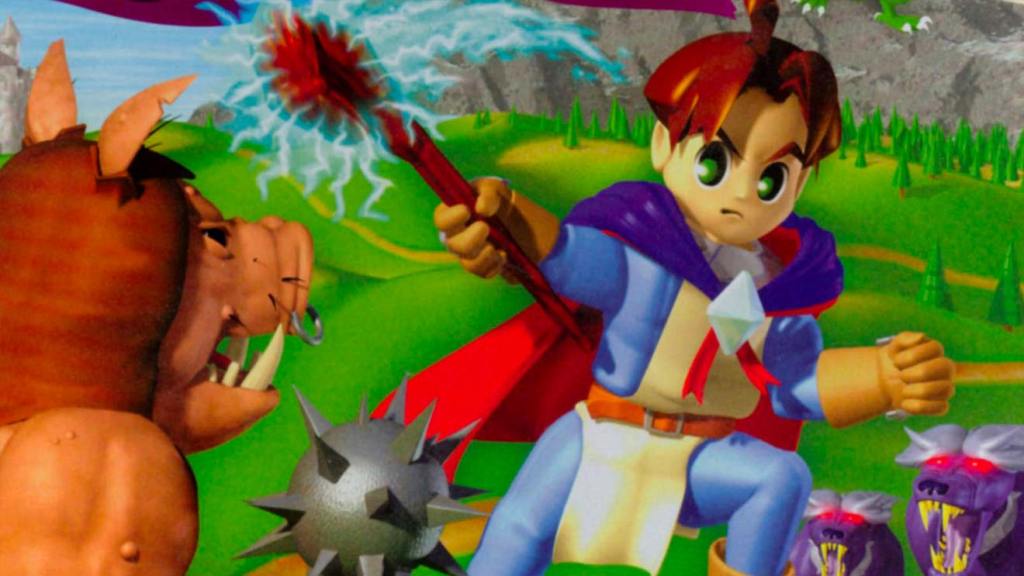
14. Quest 64
Quest 64 tends to float somewhere in the realm between “bad” and “disappointing.” As one of the only original RPGs available for the N64, Quest 64 certainly didn’t come close to offering Nintendo fans something that could compete with the PS1’s all-time great RPG lineup. Over the years, though, Quest 64 has slowly earned a reputation as a straight-up bad game due to its balance issues, generally bland nature, and undercooked RPG mechanics.
Quest 64 remains more interesting than it will probably ever get credit for, though. Above all else, the game was trying to translate some classic 2D JRPG concepts into a proper N64 3D world. It often feels like it was meant to be a more Zelda-like experience with simpler RPG elements aimed at a younger audience. In that respect, it actually translated 2D JRPG ideas into the third dimension in ways that retained the intended fundamental adventure elements of those experiences. Its elemental and movement-based combat system was also at least a little more interesting than it ever got credit for.
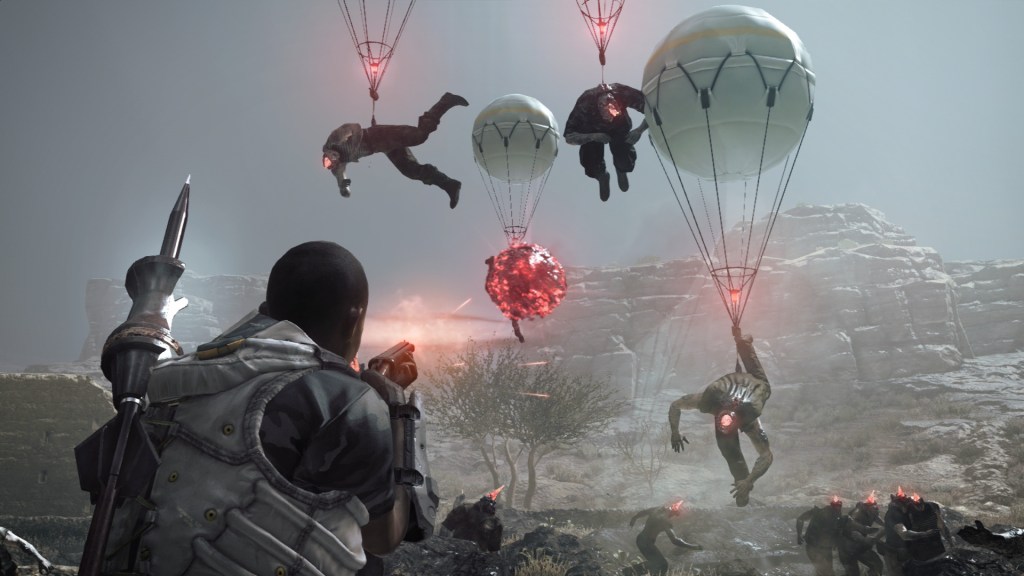
13. Metal Gear Survive
Like many other gamers and critics, I slammed Metal Gear Survive when it was released in 2018. Even if you could get past Konami’s decision to utilize the MGS license so soon after the Kojima fallout, you were left with a game that heavily relied on shameful mobile gaming tactics to push its many microtransactions. The whole thing just felt so cheap.
Like many others, though, I also said that there was clearly a better game in Metal Gear Survive that was begging to be freed of Konami’s worst decisions. The Idea of a base-building/tower defense game that revolves around acquiring resources by sneaking into hostile (sometimes survival horror-like) territories has always been interesting. At worst, that seemingly bizarre blend of genres and concepts yields something that is closer to flawed than fundamentally broken. Fix some of those flaws (and maybe remove the MGS name), and you’ll have a game that is worthy of its own legacy.
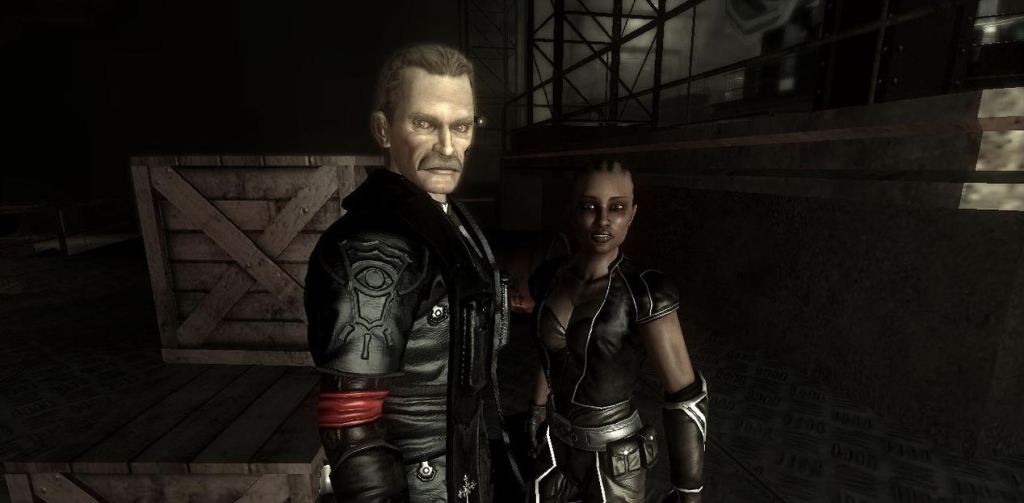
12. Clive Barker’s Jericho
Clive Barker’s Undying is one of the greatest first-person shooter horror games ever made. Yet, that title’s spiritual follow-up (Clive Barker’s Jericho) is widely considered to be, at the very least, a massive disappointment. Though many of Jericho’s problems can easily be attributed to simply bad design decisions (bad writing, bad level design, and bad AI), its biggest overall problem may have been all the things that changed in the six years between Undying’s release and Jericho’s debut.
Whereas Undying was closer to a “boomer shooter” with an expanded narrative and more overt horror elements, Jericho tried to follow in the footsteps of games like Halo, Call of Duty, and Gears of War. The furious pursuit of those various trends resulted in a messy mishmash of vague ideas that Jericho’s developers were incapable of piecing together. However, if you were to take some of this game’s better ideas (like its enjoyable Powers system) and get them to work in a more Undying-like experience, you’d almost automatically end up with something worthwhile.
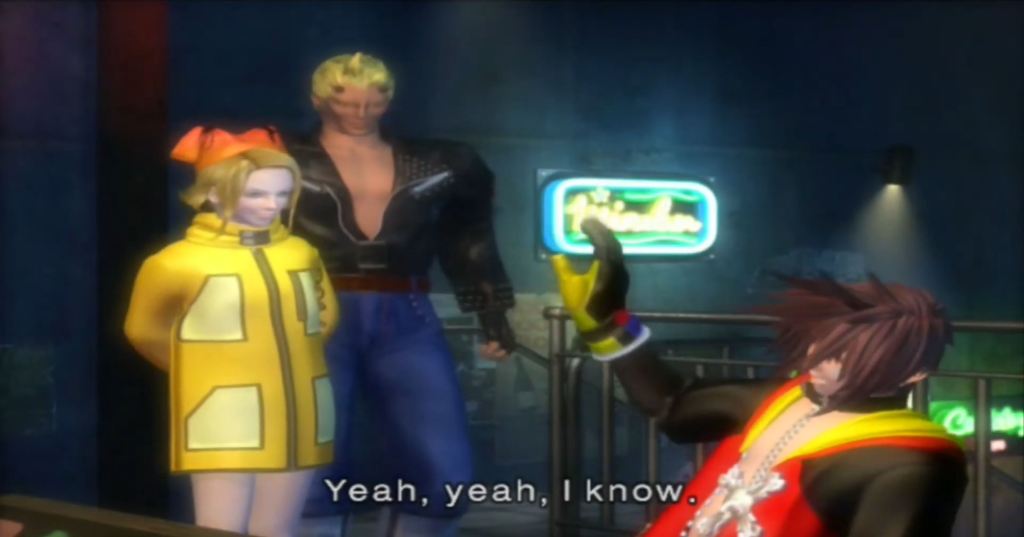
11. The Bouncer
Released shortly after the PS2’s Western rollout, The Bouncer was seen as one of the new console’s first great disappointments. After producing some of the best PS1 games ever, Square kicked off their PS2 era with this strange little title that kind of wanted to be an RPG, kind of wanted to be a brawler, and ultimately fell short of both of those goals.
What you have to keep in mind, though, is that 3D action gaming wouldn’t really come into its own for a few more years. By utilizing a few basic gameplay tweaks that would soon become standard for the genre, The Bouncer’s often unwieldy 3D beat-em-up gameplay would instantly be improved. Those basic improvements would also make it easier to appreciate The Bouncer for what it was clearly supposed to be: an almost Devil May Cry-like action with River City Ransom RPG concepts made by an all-time great studio working at the top of their game. The Bouncer will always be weird, but it should have been so much better.
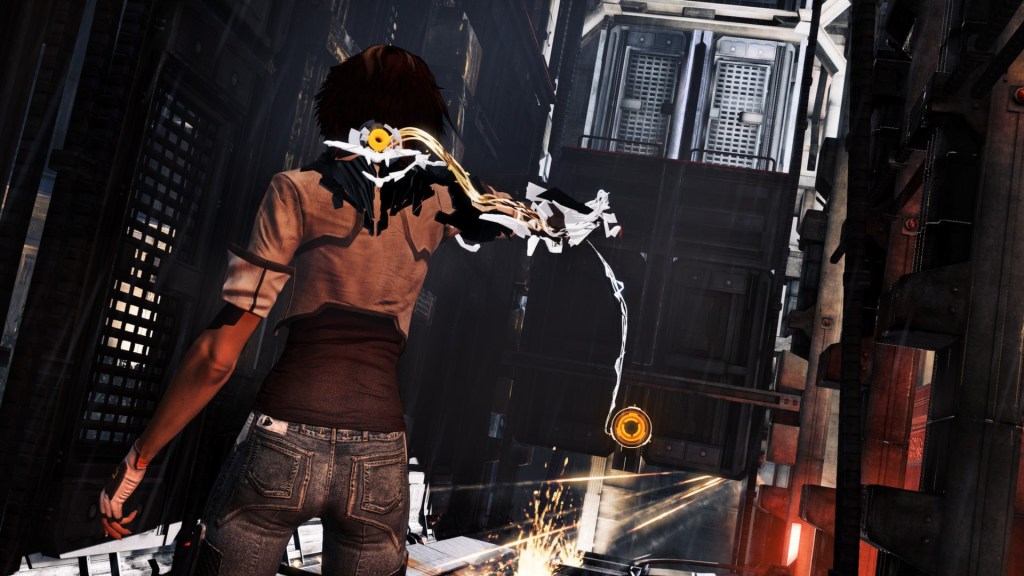
10. Remember Me
Calling Remember Me a “bad” game today will likely get your head bitten off by some fans. At the time of its 2013 release, though, this action-adventure title from upstart developer Don’t Nod was at least widely considered to be an admirable whiff. Nearly everyone praised the game’s core concept of memory manipulation and the ways it impacted Remember Me‘s combat, level design, and narrative. The problem was that Remember Me’s best ideas and moments were strung together by often surprisingly uninspired bits of platforming and action.
Looking back, it’s easy enough to see the ways that Remember Me’s best ideas could have been properly supported by some foundational improvements. Remove (or alter) some of the outdated platforming elements and incorporate more Arkham-like action mechanics, and Remember Me suddenly becomes a significantly more playable experience. Some of the game’s narrative ideas would still be questionable, but many of those potential flaws are still far more fascinating than detrimental.
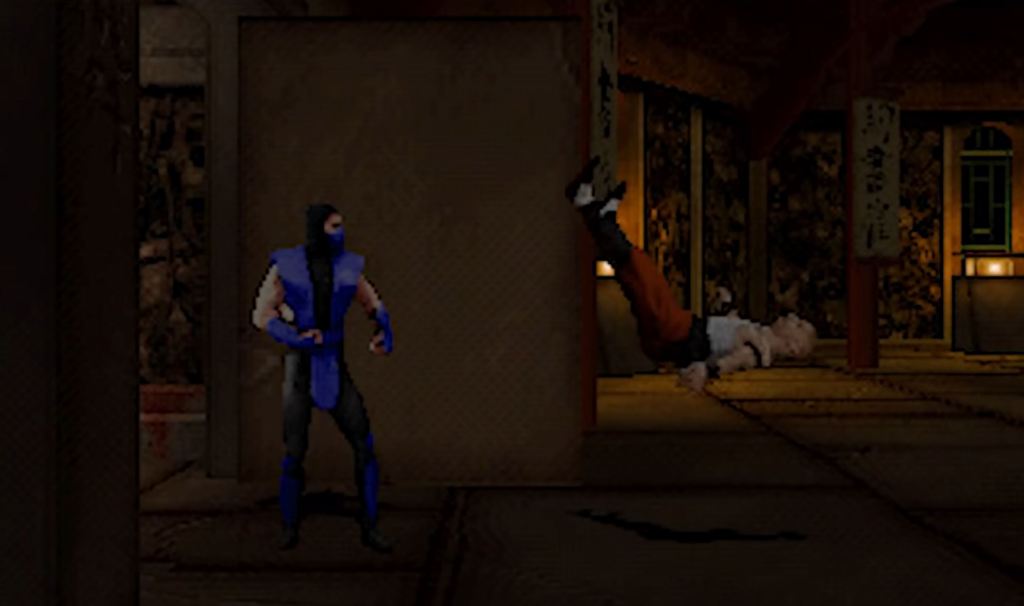
9. Mortal Kombat Mythologies: Sub-Zero
Unlike so many of the other cash-in spin-offs in gaming history, I truly believe that the developers of Mortal Kombat Mythologies: Sub-Zero had their hearts in the right place. The idea was to expand upon Sub-Zero’s (and Mortal Kombat‘s) then-loosely known history via an almost Symphony of the Night-like title with combat that stayed true to Mortal Kombat’s fighting roots. The problem was that the game’s controls, animations, and bewildering level design issues pretty much made it impossible to enjoy any of this project’s good ideas (or its wonderfully cheesy cutscenes).
Some have said that the far superior Mortal Kombat: Shaolin Monks is what Sub-Zero should have been, and I can certainly understand that argument. Rather than convert this game to a 3D, God of War-style action experience, though, I’d much rather see a studio with modern Metroidvania design experience pick up Sub-Zero’s best pieces and simply turn them into something a bit more cohesive.

8. The Matrix: Path of Neo
This spot could have also probably gone to Enter the Matrix, but I find Path of Neo to be the more notable case study in disappointment. After all, Path of Neo should have been Shiny Entertainment’s improved follow-up to Enter the Matrix that finally let gamers play as Neo himself. Instead, this title ended up being a less narratively engaging Matrix gaming experience that was lowlighted by some truly terrible controls that felt immediately outdated in the post-Max Payne era.
To this day, though, there is still something so appealing about playing as a superpowered Neo in a Max Payne-like Matrix shooter supported by 3D beat-em-up segments. Even basic improvements to this game’s floaty and loose action would immediately allow you to enjoy the still-powerful core power fantasy that Path of Neo was clearly trying to capitalize on.
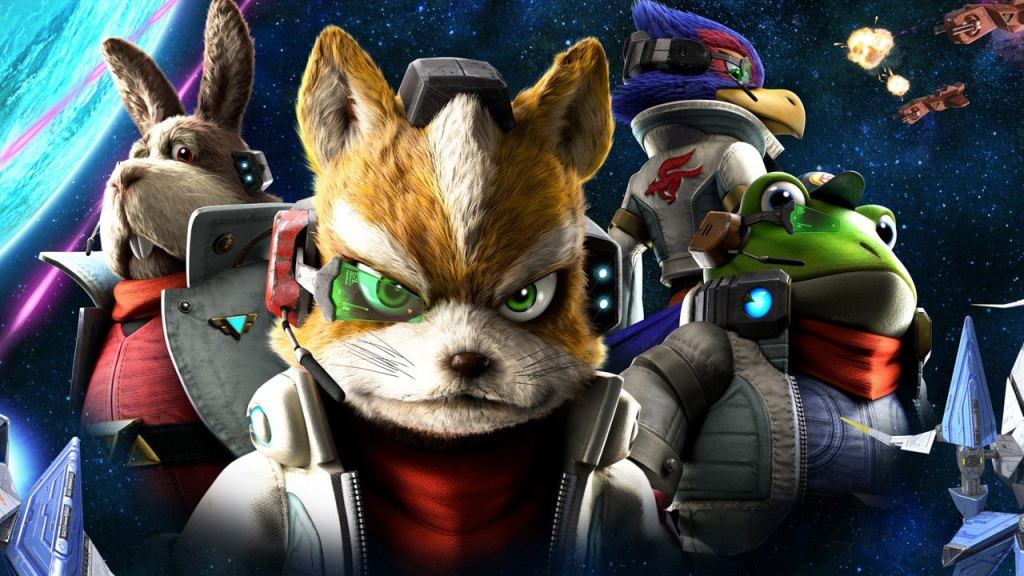
7. Star Fox Zero
I’m still amazed that Nintendo managed to make a bad Star Fox game that largely stayed true to the series’ rail shooter roots. After all, such shooters aren’t always masterpieces, but they tend to be largely bulletproof so far as simple entertainment value goes. Yet, Zero’s truly terrible motion controls and the many ways its gameplay was altered to encourage the use of those Wii U gimmicks made it the tragic embodiment of so many of that console’s failures.
At a time when so many other Wii U games have gotten a chance at redemption, Zero deserves that same treatment. By simply removing all those Wii U gimmicks, Nintendo could make an instantly better version of Zero that is worthy of this beloved franchise’s name. However, by diving a little deeper and expanding upon the base game in order to give us more of its best ideas (particularly its excellent level and boss designs), Nintendo could actually make Zero the best Star Fox title yet.
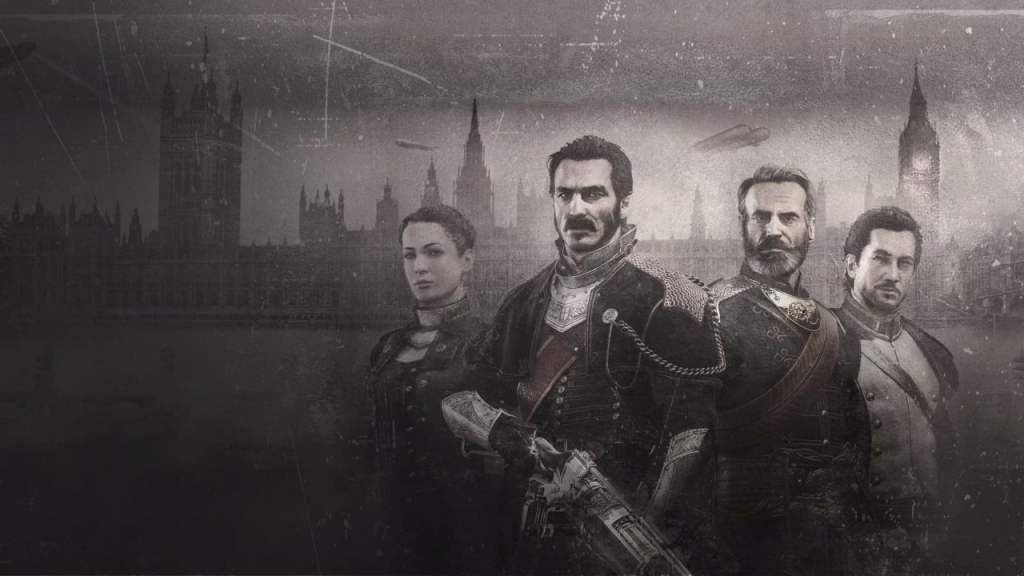
6. The Order: 1886
The Order: 1886 has always been little more than a glorified tech demo designed to showcase that newfangled PS4’s power. What should have been PlayStation’s answer to Gears of War instead became a frustratingly limited shooter more interested in looking good in screenshots than offering entertaining gameplay. Painfully simple even for its time, The Order’s hyper-linear gameplay feels like even more of a relic these days.
For all its faults, though, The Order has always had style to burn. It still looks shockingly good to this day, and even some of its more outlandish elements possess a kind of charm that has proven to be remarkably endearing. How many other games let you use weapons designed by Nikola Tesla to battle vampires and werewolves in an alternate version of 1886 London? Give this thing the Resident Evil 4 Remake treatment (i.e. expand upon its interactive elements, cut down on the QTE sections, and refine its third-person combat), and you will absolutely stun people who have always simply dismissed this as a terrible game.
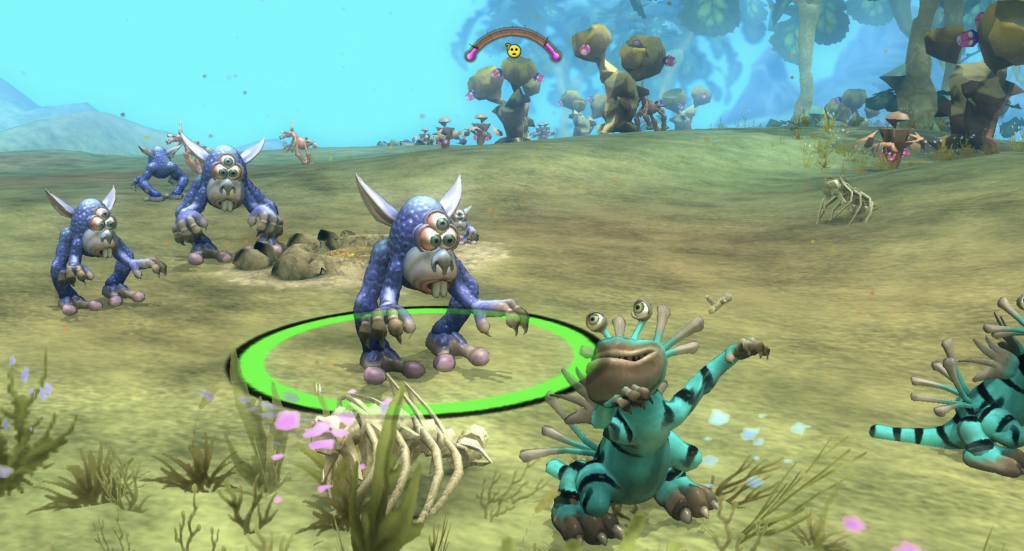
5. Spore
Spore was supposed to be the culmination of designer Will Wright and developer Maxis’ years’ worth of experience with their various “Sim” titles. The game’s ambitious central idea (start with a single-cell organism and evolve it until you’re exploring the galaxy) almost always sounded too good to be true. Well, it largely was. By aspiring to do so much, the Spore team seemingly reached the conclusion that they had to keep each individual phase of the game as simple as possible in order to ensure the whole thing didn’t fall apart. Perhaps they were right, but that decision resulted in an experience that always fell shy of its clear potential.
In 2023, I believe a Spore remake would benefit from both the “first draft” nature of the original release and simple improvements in technology that make these kinds of ambitious games more viable than they would have been in 2008. Even if Spore’s greatest promises remain unfulfilled, a better version of what the game was (a collection of strategy concepts united by a series of customized creations) remains appealing.
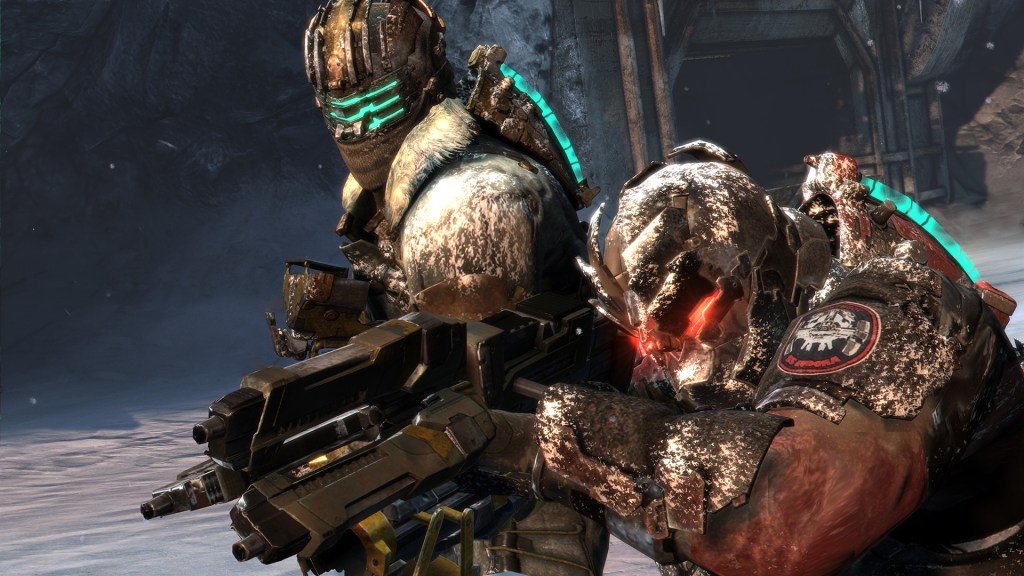
4. Dead Space 3
Recently, Dead Space 3 writer and co-producer Chuck Beaver stated that he would probably rewrite Dead Space 3 almost completely if given the opportunity to do so for a remake. I can certainly understand why. While much has been made of the ways that Dead Space 3 emphasized action (specifically, co-op action) over survival horror, it’s the ways that the game betrayed the compelling narrative that the previous two entries so firmly established that still stings most.
While I also agree with Beaver when he says that Dead Space 3 would probably be better off as a survival horror game, his point about the sequel’s narrative rings loudest in my mind. With the right story, it would be easier to treat Dead Space 3’s original approach as the franchise’s Aliens or Dino Crisis 2. In other words, it could be the more action-oriented entry in this franchise that still stays true to the series’ horror roots. The good news is that the success of the recent Dead Space remake means that someone might actually get a second crack at this game in the near future.
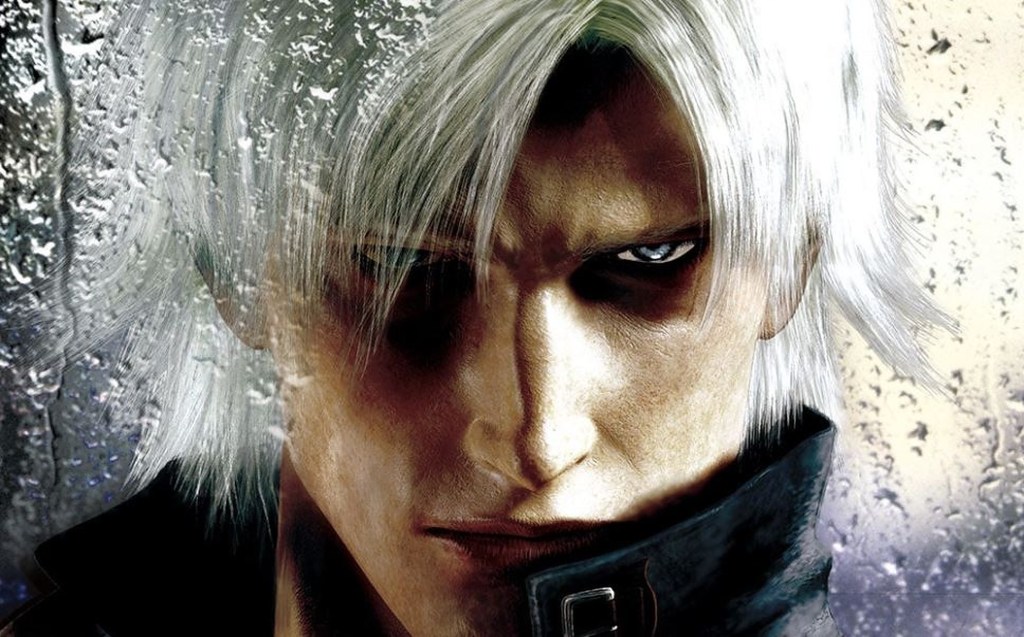
3. Devil May Cry 2
I recently called Devil May Cry 2 the most disappointing video game sequel ever. Even if you’re not quite as adamant about the game’s historical standing in that respect, this remains one of those rare entries in a major franchise that almost nobody goes to bat for. It’s a baffling blight on an otherwise stellar series that can’t even be properly explained by the game’s notoriously rushed development process.
In some ways, Devil May Cry fans kind of deserve a Devil May Cry 2 remake after having to suffer through the knowledge of this game’s mere existence for so long. While simply remaking this title in the style of one of the many actually good Devil May Cry games would do the job, I think Capcom could do something even more interesting than that. After all, there are a few good ideas in this game (enemy/character design, Devil Trigger customization, and some of the weapons and combat mechanics) that remain fairly unique to the series and generally worthwhile. If Capcom were to fix the…well, absolutely everything else about this sequel, then they could turn a blight into a highlight.
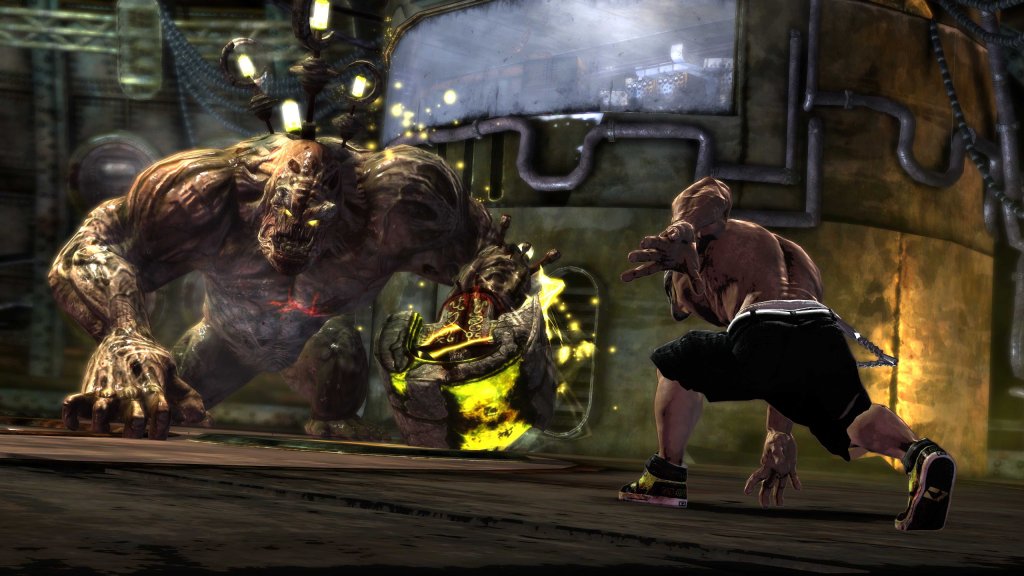
2. Splatterhouse (2010)
I completely understand why critics (and many fans) found this 2010 reboot of the Splatterhouse franchise to be such an easy punching bag. Its overly edgy nature wasn’t nearly as funny as its developers clearly intended for it to be, and numerous core elements of its gameplay were simply bad. It’s kind of hard to enjoy a 3D action title with a camera, controls, and animations that all feel like they forcibly escaped the QA department.
But if you’re thinking “You know, a modern Splatterhouse game in the style of those classic God of War games still sounds pretty good,” then you’d be right. Despite its many, many problems, quite a few of those who played this game still found themselves enjoying it on some level. Do something about that terrible writing and tighten up the gameplay, and you’ll have a modern action-horror masterpiece.
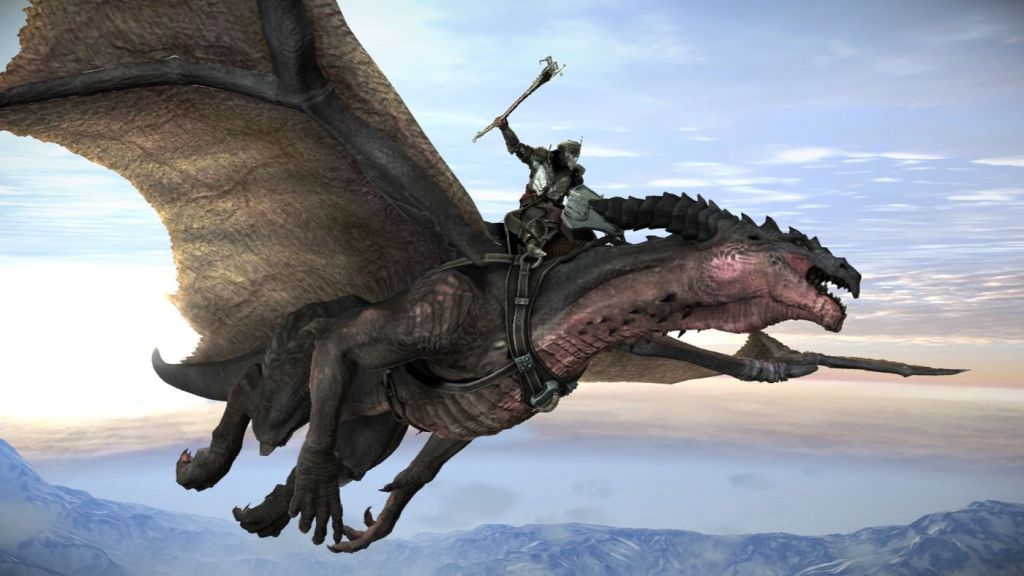
1. Lair
Lair’s status as one of gaming’s great disappointments extends beyond the boundaries of the game itself. Following their work on the almost universally praised Rogue Squadron games, developer Factor 5 was granted the opportunity to work on their biggest project yet and release it as one of the showpiece titles for Sony’s new PlayStation 3 console. It seemed like a dream come true for everyone involved (gamers included).
That was before everything went wrong. Lair endured an all-time bad development process that saw Factor 5 practically tear itself apart trying to get their most ambitious ideas to work on hardware that never seemed to cooperate. Of course, that was before the decision was made to base the game around the PS3’s fundamentally broken motion controls. That combination of technical disasters made Lair nearly unplayable at launch. Lair ended up being Factor 5’s last game and a harbinger for the PS3’s long-term struggles.
As Lair co-director Julian Eggebrecht will tell you, though, the game was really just one pre-release patch away from being a significantly better game at release. He’s right. The eventual Lair patch that removed the mandatory motion controls and smoothed the roughest technical edges made Lair an instantly more entertaining experience that feels much closer to that dream game many felt it was destined to become. Though Factor 5 will never get the chance to do so, someone could certainly use that version of the game as a starting point and fulfill the even greater ambitions that Lair‘s team never really got to realize.
